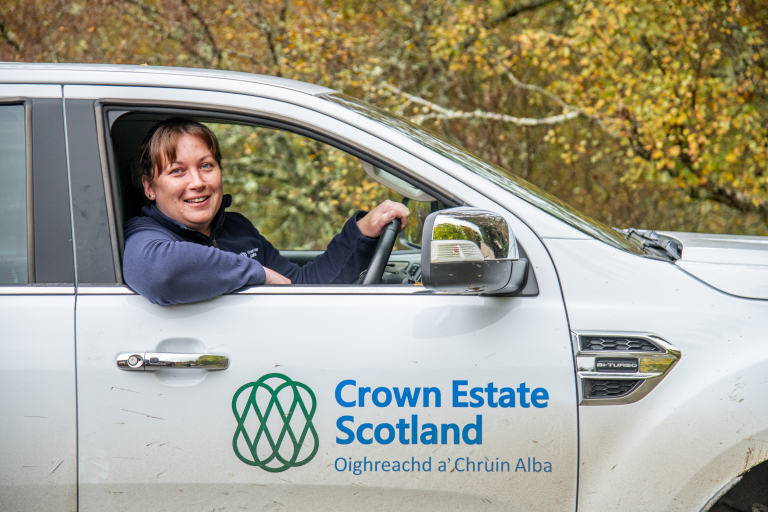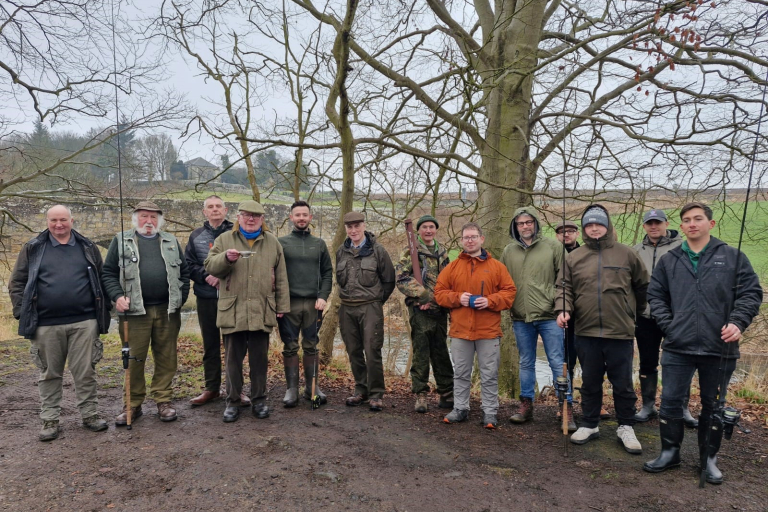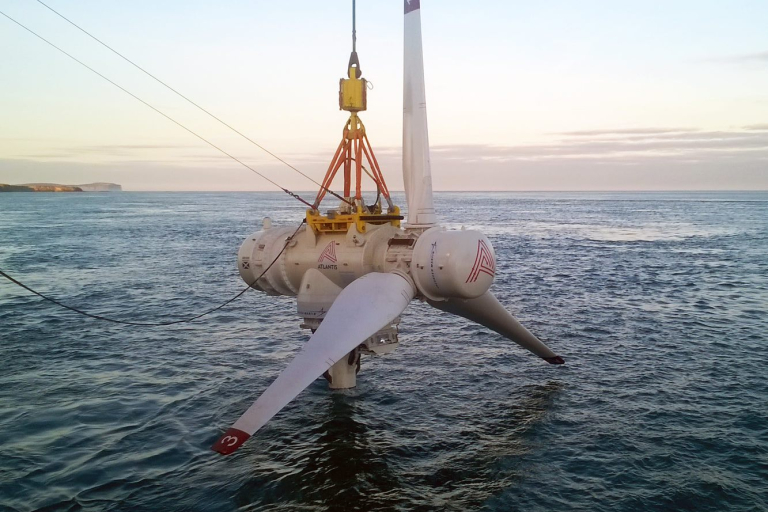Request
Over the past 10 years:
- The locations of trees removed by your organisation due to property or infrastructure damage, ideally accompanied by their species and the date of removal where possible (locations via GIS data, What3Words, OS coordinates, or addresses as you find easiest)
- How many of/which of these trees were removed due to claims or requests from insurance companies
- How much your organisation paid to remove each tree (if this can be attributed per removal, or how much the organisation spent on tree removal each financial year if not)
- How much your organisation paid out in insurance claims for tree damage to properties (individual claim values preferred, but an aggregate value may be acceptable if you consider the individual values to be exempt from disclosure)
- The number of trees where removal has been requested, but was either refused, an alternative solution found, or the situation is still ongoing; any breakdown that can be provided (similar to above, e.g, species and location) would be appreciated
Please follow the following principles when considering this request:
- Data at an individual tree level is preferred, but where you consider this can't be disclosed due to commercial or legal agreements (e.g, insurance claims, contractor works) then aggregate data either annually or (worst case) over the whole period may be acceptable
- Some data is better than no data; for example, if data is only available for the last 5 years then that is better than refusing the request”
Response
Crown Estate Scotland (CES) manage commercial forestry, wider woodlands across the rural estate and in addition there are trees along roads and around infrastructure that is managed separately to mitigate any health and safety risk. The trees in the latter category are managed on a zoned basis depending on risk. The trees are inspected by qualified companies on a three-year basis. Remedial works are then also commissioned to remedy or monitor trees of concern before they cause damage.
Crown Estate Scotland was established in 2017 and has used Strutt & Parker’s services to manage tree felling since 2021. Records of this work begin in 2021. Where we hold legacy records related to this matter, we have included that information, however, these records may not be as comprehensive or in the same style as more recent records.
- The locations of trees removed by your organisation due to property or infrastructure damage, ideally accompanied by their species and the date of removal where possible
Generally, the reason for removal is not recorded per case. Remedial actions for removal of trees can include; H&S structural concerns, disease, homeowner/tenant requests, or to improve access/visual splay.
There is a record of the overall number of trees that were felled for these various reasons, in relation to the following listed estates:
Whitehill Estate: 13
Glenlivet Estate: 20
Applegirth Estate:27
Fochabers: 88
There is no recorded data on the species of tree for specific cases. The following species were felled across the four estates during the last survey period, between 2022-2024: Rowan, Birch – downy, Maple – Norway, Birch – silver, Elm, Pine – Scots, Sycamore, Larch, Poplar – aspen, Beech – copper, Fir – grand, Willow – goat, Ash, and Oak.
Two trees on Crown Estate Scotland (CES) land have been reported to have caused damage to 3rd party properties in the past three years and were subsequently removed by CES:
- September 2023 – Applegirth estate - Damage caused to third party properties by a fallen tree.
- January 2024 – Whitehill estate - Damage caused to third party properties by storm blown tree.
- 23 January 2024 – Glenlivet Estate – a fallen Fir tree removed by tree surgeons.
Postcodes are considered personal data. Therefore, exception 11(2) ‘third party personal data’ under EIRs has been applied to this information.
- How many of/which of these trees were removed due to claims or requests from insurance companies
Our searches did not return any record of trees that have been removed due to insurance company requests.
- How much your organisation paid to remove each tree (if this can be attributed per removal, or how much the organisation spent on tree removal each financial year if not)
The spend for tree removal is calculated on a yearly basis per estate however, the average value per tree felling was in the region of £230.
Below is the average spend on tree works per estate for a year during the last survey (2022-2024). This total includes data for all felling and is not specific to trees removed for property damage:
|
Whitehill |
£18,650 |
|
Glenlivet |
£16,300 |
|
Applegirth |
£50,550 |
|
Fochabers |
£16,300 |
- How much your organisation paid out in insurance claims for tree damage to properties (individual claim values preferred, but an aggregate value may be acceptable if you consider the individual values to be exempt from disclosure)
Crown Estate Scotland have not settled insurance claims for damage to property caused by trees. Of the three cases presented in answer 1 above (on Applegirth, Whitehill and Glenlivet estates) none resulted in insurance claims and the remedy was carried out by CES.
- The number of trees where removal has been requested, but was either refused, an alternative solution found, or the situation is still ongoing; any breakdown that can be provided (similar to above, e.g., species and location) would be appreciated
The response to Question 1 provides the information we have about the number of trees removed from surveys carried out across all four estates.
No request for removal has been refused outright. Crown Estate Scotland or our managing agents Strutt & Parker work with all parties to come to an agreeable outcome to requests.










